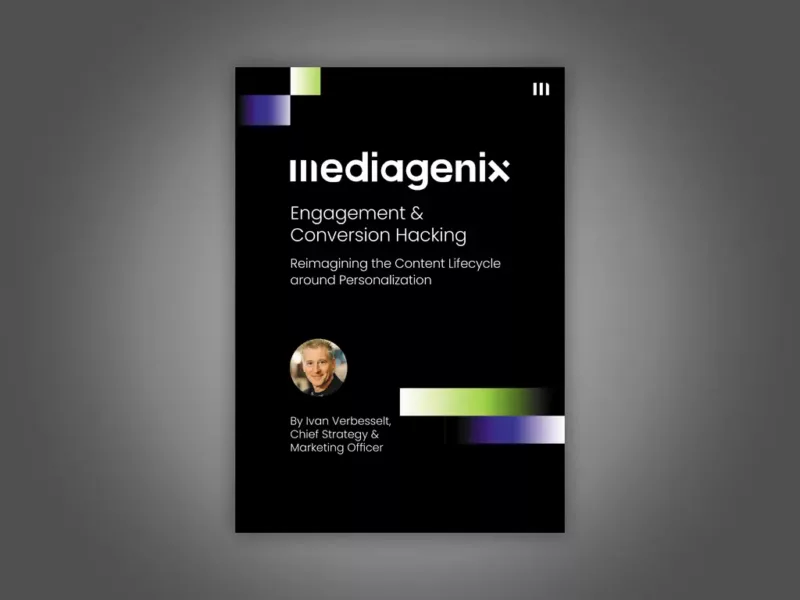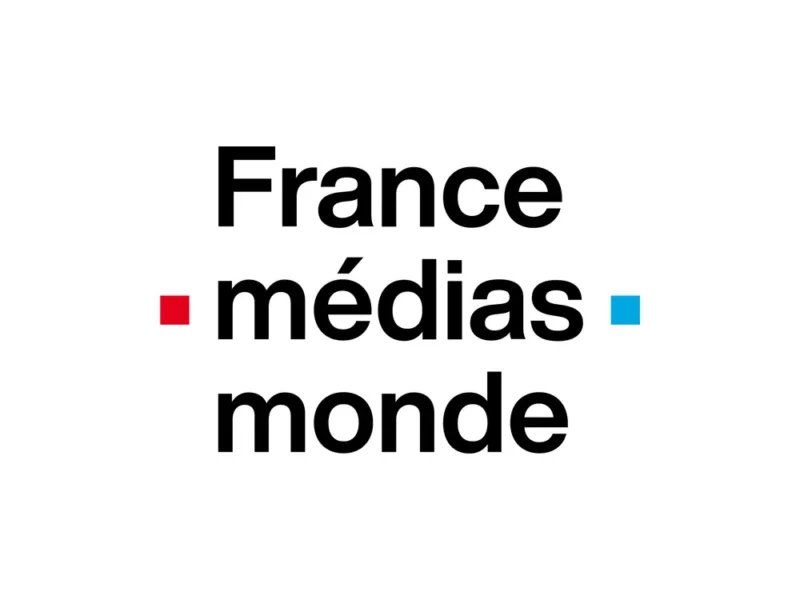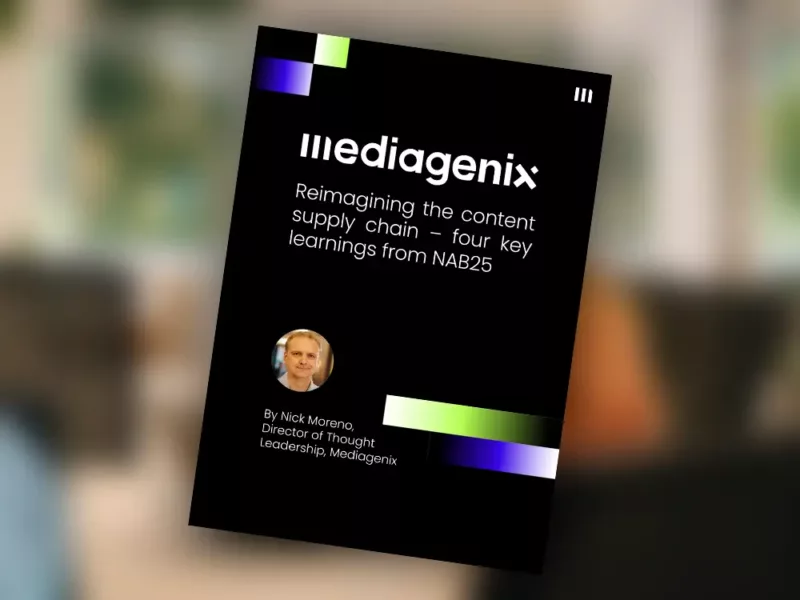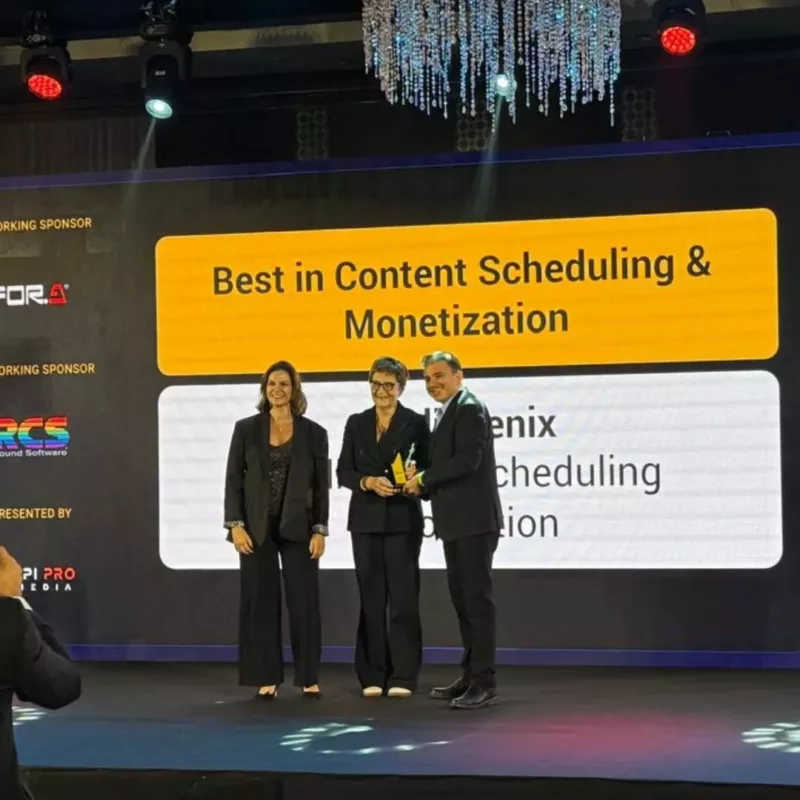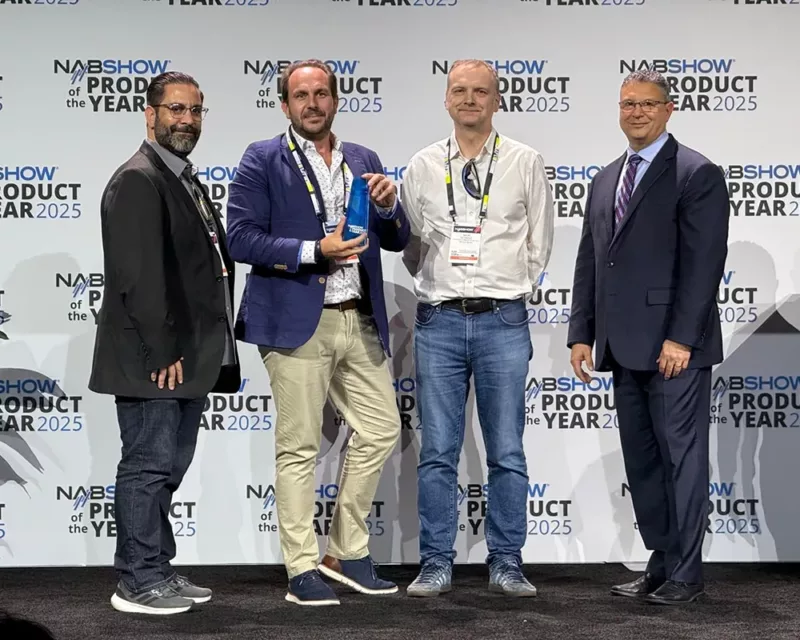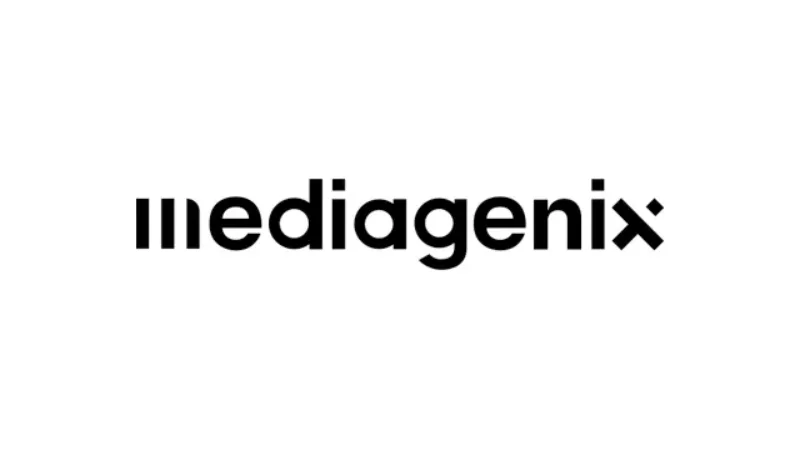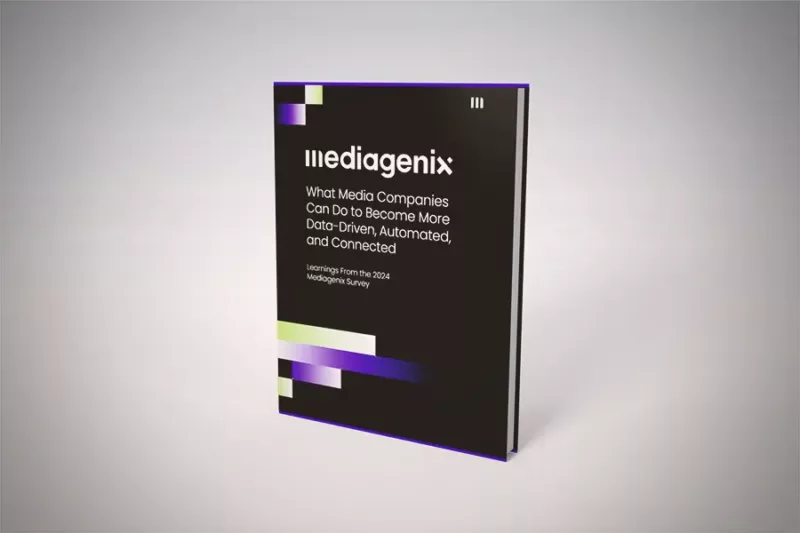Engage the right audience with the right content
+80% Automation gains in channel scheduling
+75% Faster Ratings Forecasting
+27% Boost in Ratings Accuracy
-
Multiplatform
-
Audience engagement
-
VOD, linear, FAST, social channels
-
Smart automation
-
Touchless operations
Proud partner in helping 200+ media groups grow
How to expand my reach without the hassle?
Do more with less. Plan and schedule faster. Smarter. Scale up and go multiplatform without hitting the brick wall of spiraling costs, complexities, and legal risks.
-
Scheduling Automation
Mediagenix Scheduling Artist generates a contractually valid and viewer-engaging schedule complete with ad breaks, promotional intervals, and channel branding. Mediagenix Continuity Artist automatically refines the long-form transmission schedule into a ready-to-air playlist. -
Scaling up your VOD operations
Bring control and efficiency to your VOD operations. Streamline, centralise, and automated scheduling for VOD services across multiple platforms, devices, and business models. -
Built on the foundation of a world-leading TV scheduling software since 1992
Our broadcast scheduling software has grown into the most comprehensive and globally acclaimed set of capabilities for linear/FAST, planning and scheduling, catering to streamers and broadcasters alike.
Configure your next-gen streaming & broadcast scheduling software as a SaaS suite
-
Mediagenix Linear Scheduling
Built for agility, our platform helps channel schedulers, programmers and operations teams respond to shifting demand and new competition by rapidly launching linear and FAST channels in new markets.
Key capabilities
-
Long-term scheduling for multiple linear channels
-
Automated schedule retiming & secondary event verification
-
Material/media readiness verification
-
Promo & interstitial management
-
Automated bumper scheduling
-
Contract & rights management
-
Media management from external systems & locations
-
Traffic & material handling
-
Compliance management
-
-
Mediagenix On-Demand Scheduling
Designed for platform operators and VOD operations teams, our On-Demand suite simplifies and streamlines content packaging and publication across all distribution channels.
Key capabilities
-
Track your on-demand operations at a glance
-
Powerful VOD search
-
Hierarchical structure supports all your business entities
-
Fully configurable
-
Smart rights management
-
Collaborative workflows
-
Rights-based scheduling
-
Metadata validation
-
Metadata & schedule transformation
-
Publish your content to any protocol automatically
-
A peek inside
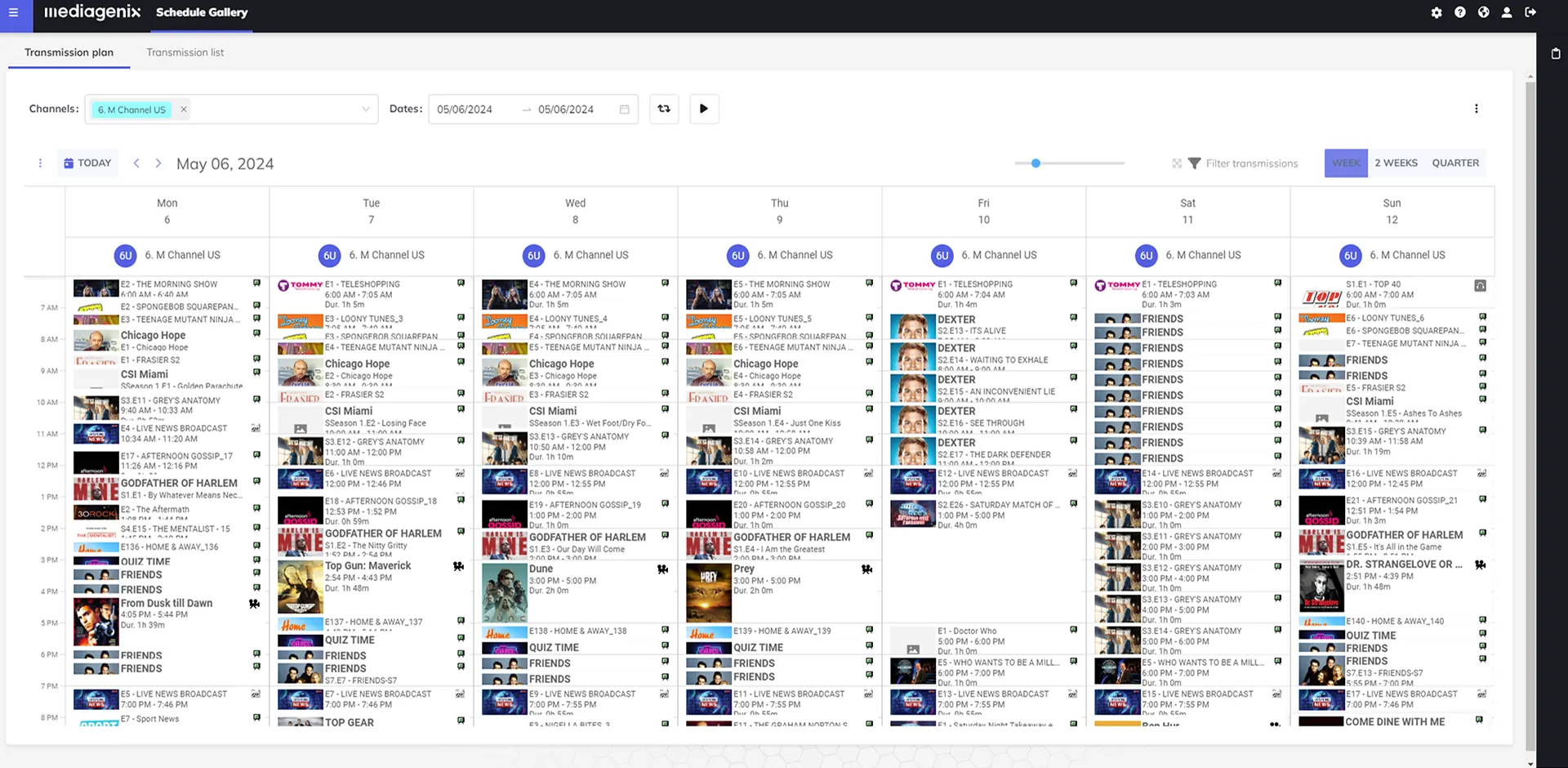
Insights
Get inspired
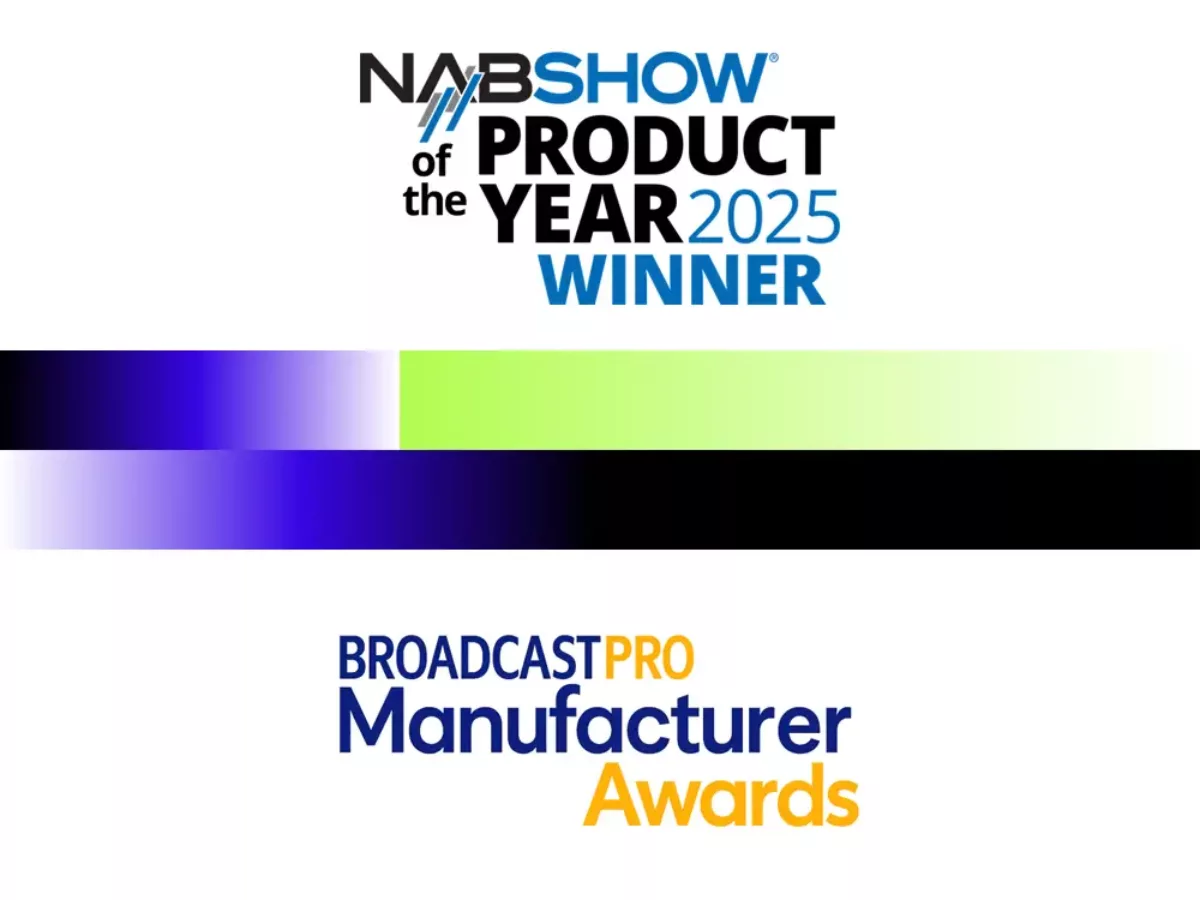
Awards
Recognized with industry awards for innovation and excellence, trusted by leading media and entertainment partners.
- NAB Show Product of the Year Award in Artificial Intelligence and Machine Learning
- BroadcastPro Manufacturer Awards: Best in Content Scheduling & Monetization

Frequently Asked Questions
-
How to quickly and easily launch channels and on-demand services people will love?
- Best-of-breed tools for engaging audiences across FAST, on-demand, and linear
- Advanced automation for FAST channels
- Advanced content, rights and scheduling workflows across platforms
-
How to make sure I’ve got all the rights to my content everywhere it’s published?
With powerful functionality for rights verification, editing, segmentation, repurposing and localization
-
Spreadsheets everywhere, emails out of control. And what can we do about all the repetitive tasks, bottlenecks, and lookup work?
- Operational excellence through collaborative workflows, one source of truth, touchless operations, automation, and AI
- Management-by-exception
- One system for FAST, linear, on-demand and all combinations
- Unified, best-practice workflows
- Seamless integration with the ecosystem
Get the answers
Let’s talk about how you can make your content work smarter, get everyone in sync, do more with less, expand your reach, and stay ahead of changes.
The best of both worlds: modularity and integration
The three Mediagenix solutions—Strategize, Manage, Engage—follow the content lifecycle from beginning to completion. They are standalone SaaS suites with capabilities that complement each other like building blocks.
While each SaaS suite can operate independently, they are also pre-integrated with the Mediagenix Platform to boost workflow efficiency and create a unified data foundation.
-
Strategize
Maximize your content returns proactively. Let extensive content and audience intelligence drive your strategy, ideation, budgeting and forecasting.
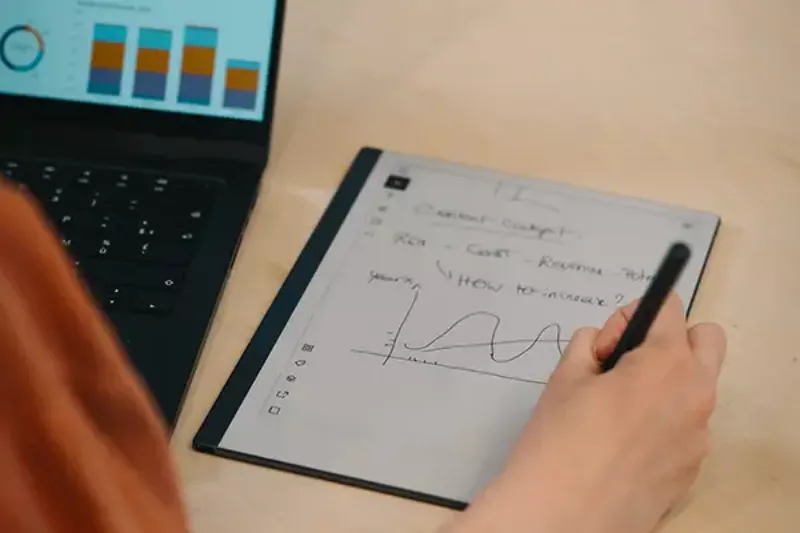
-
Manage
Manage content value as one team. Streamline collaborative workflows that transcend company boundaries. Stay on the same page, with one source of truth.


































